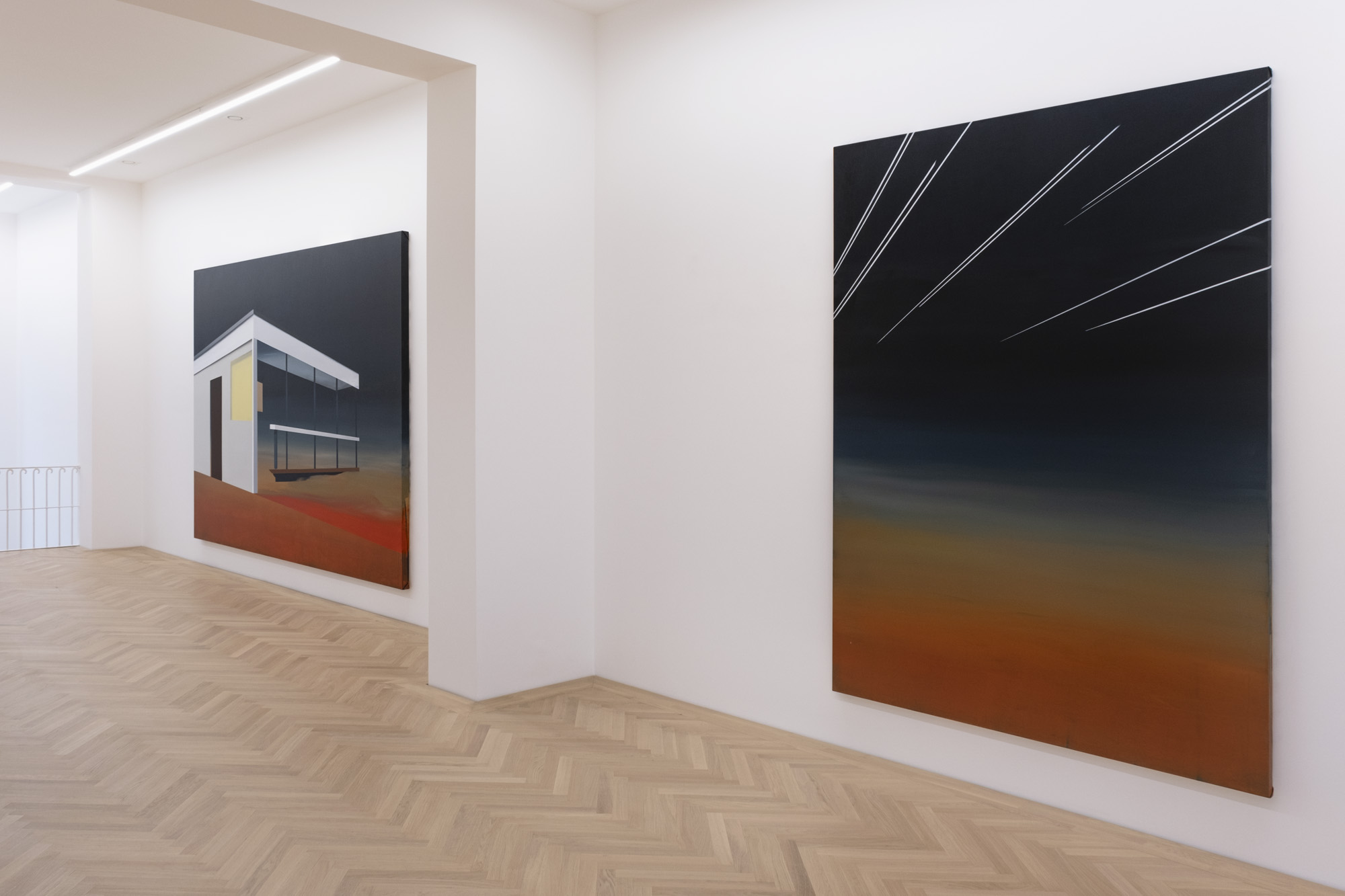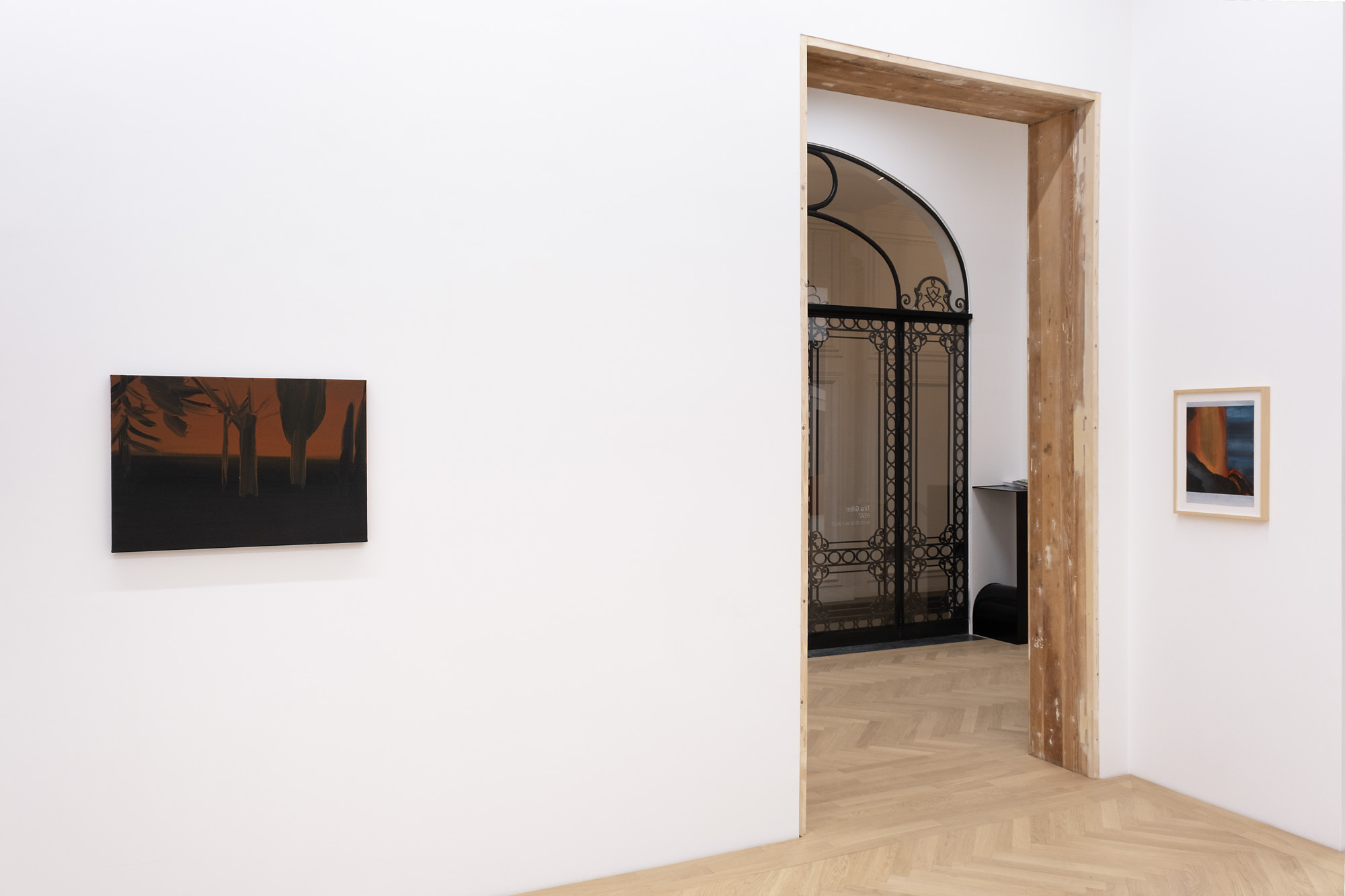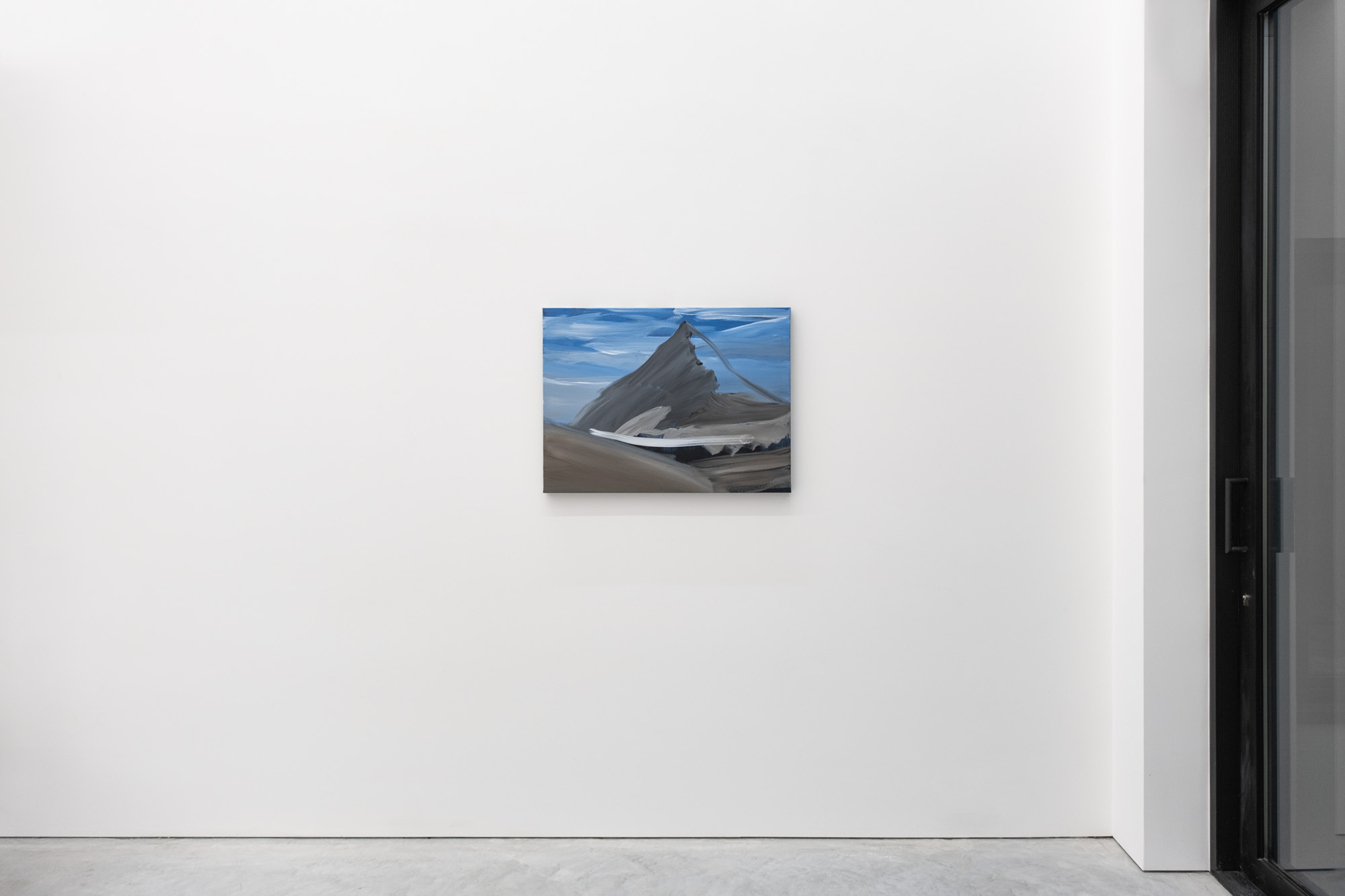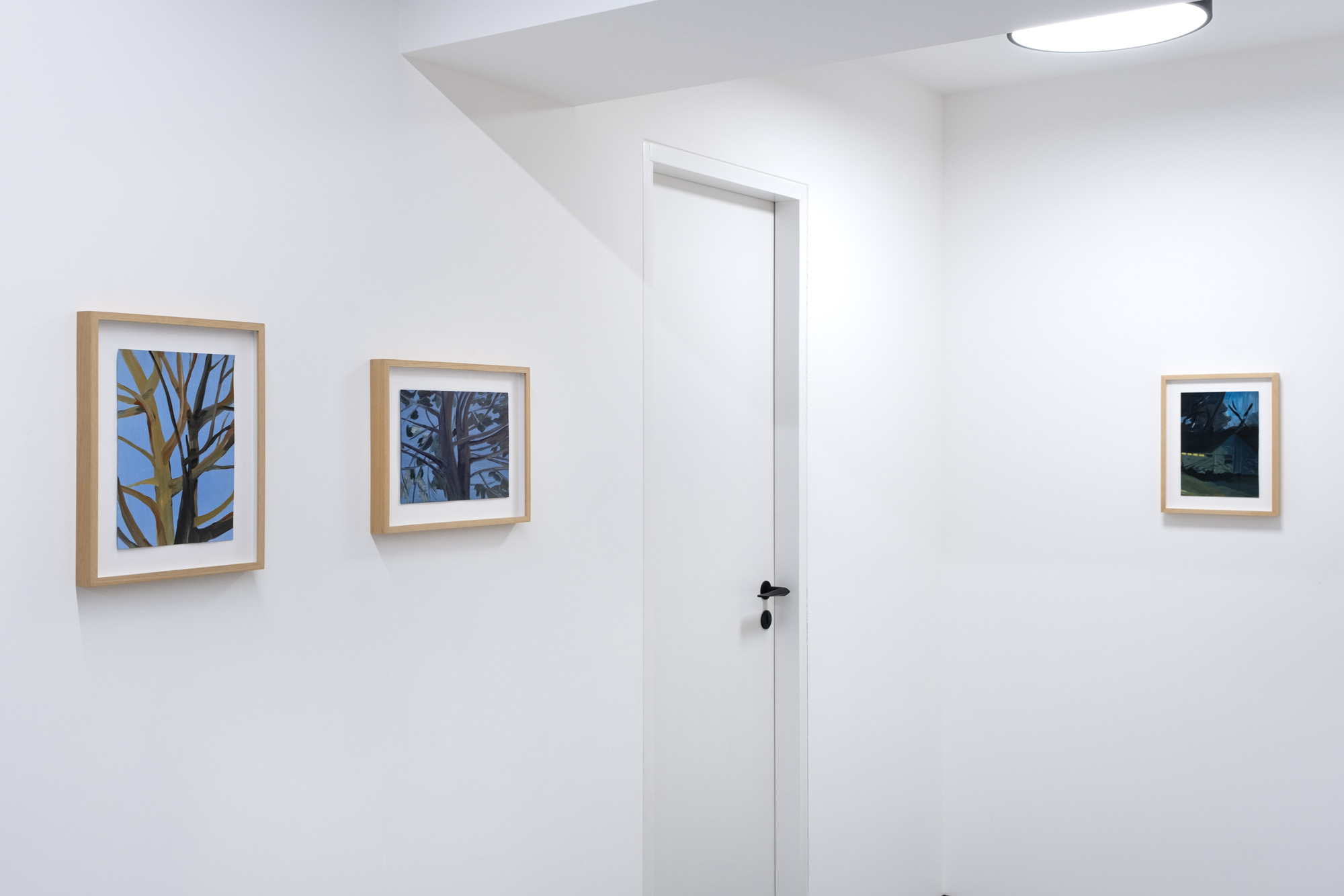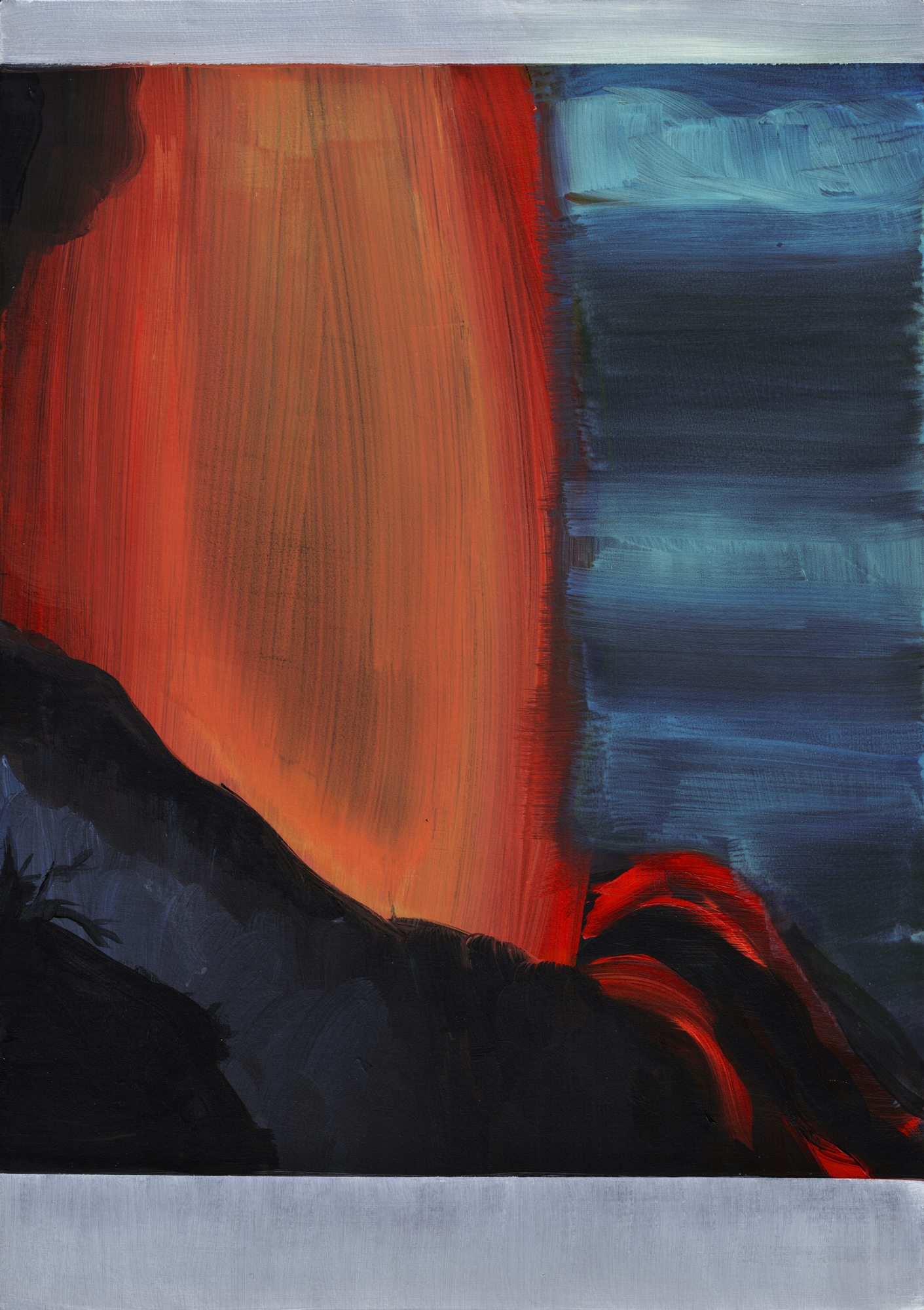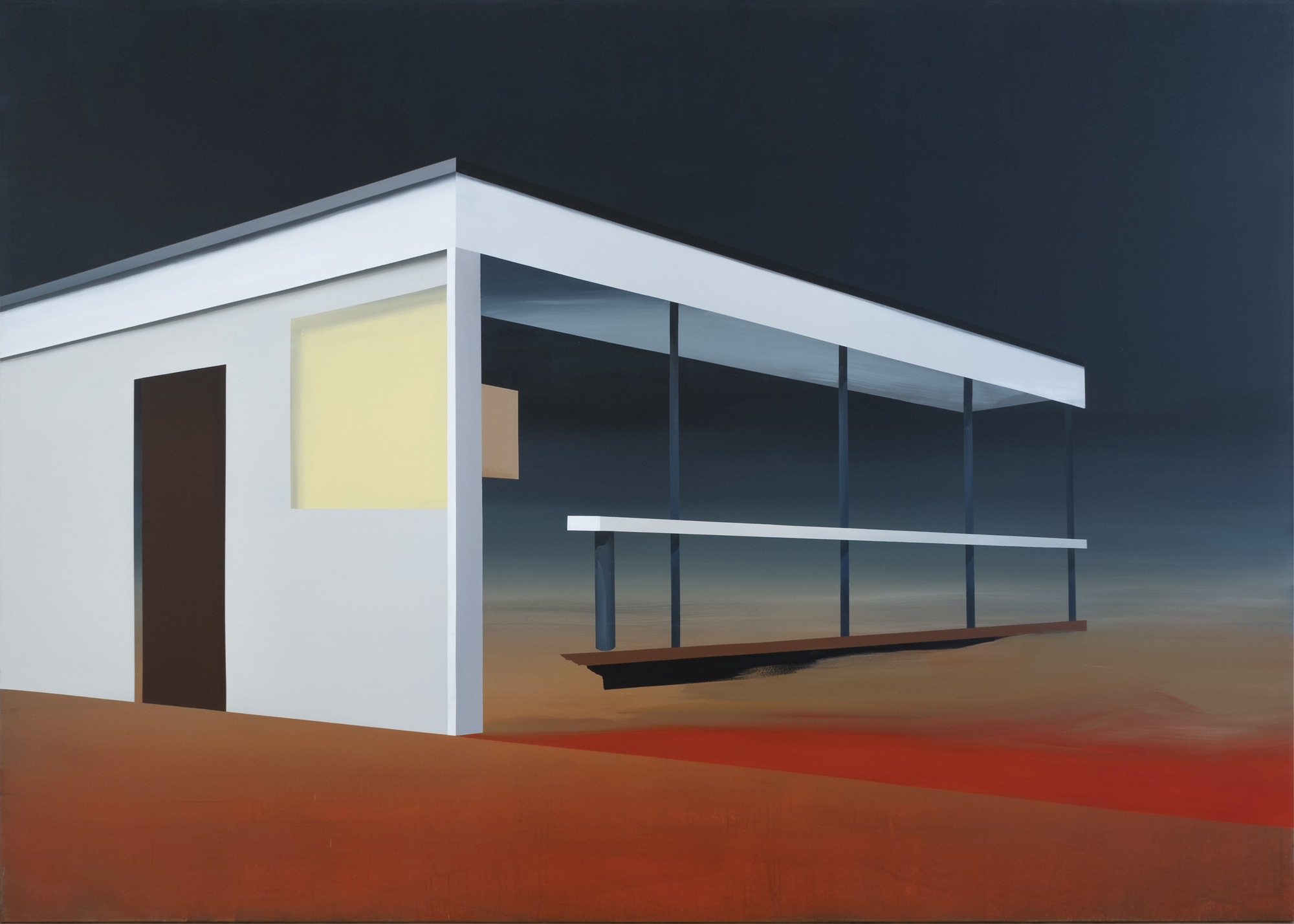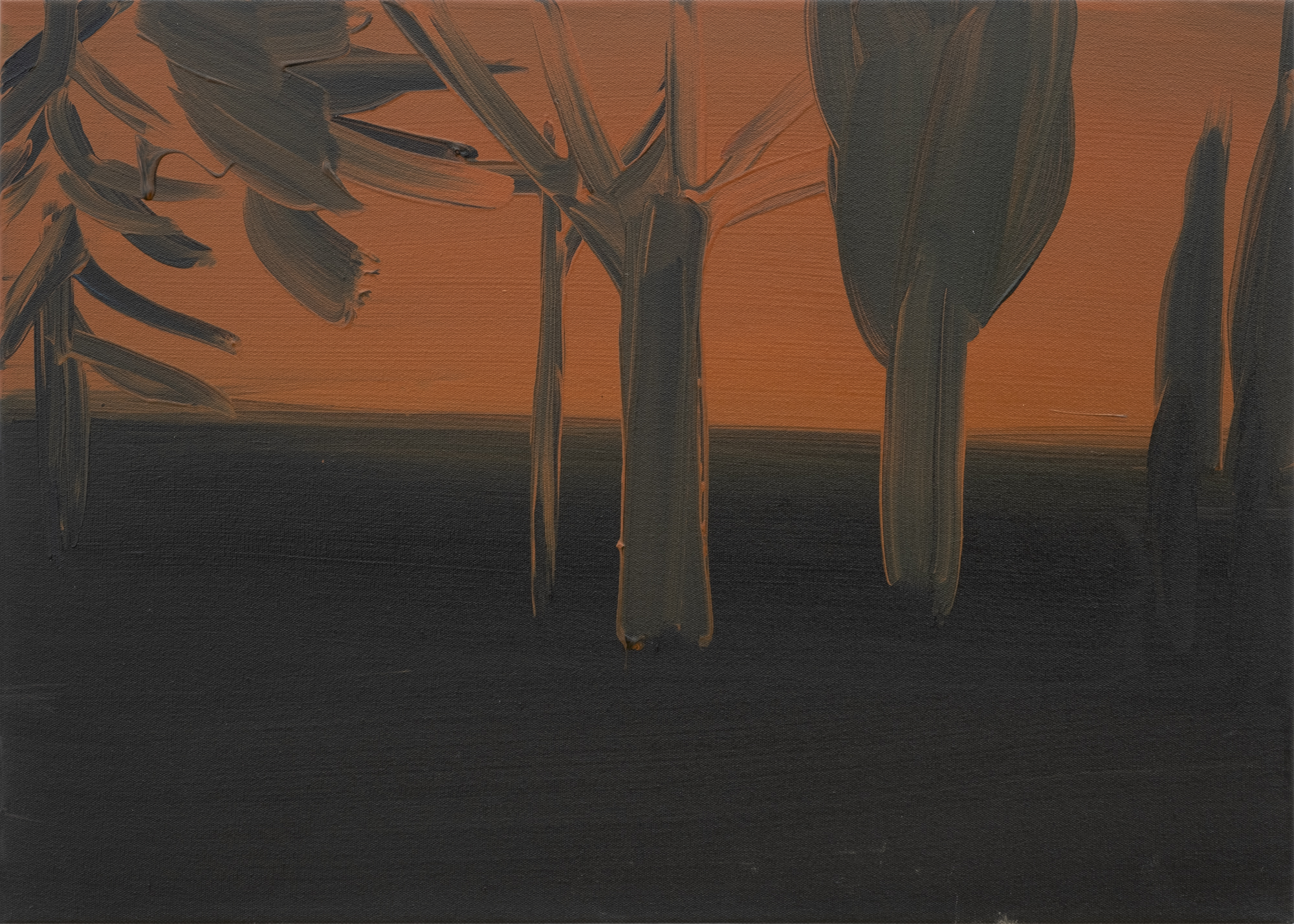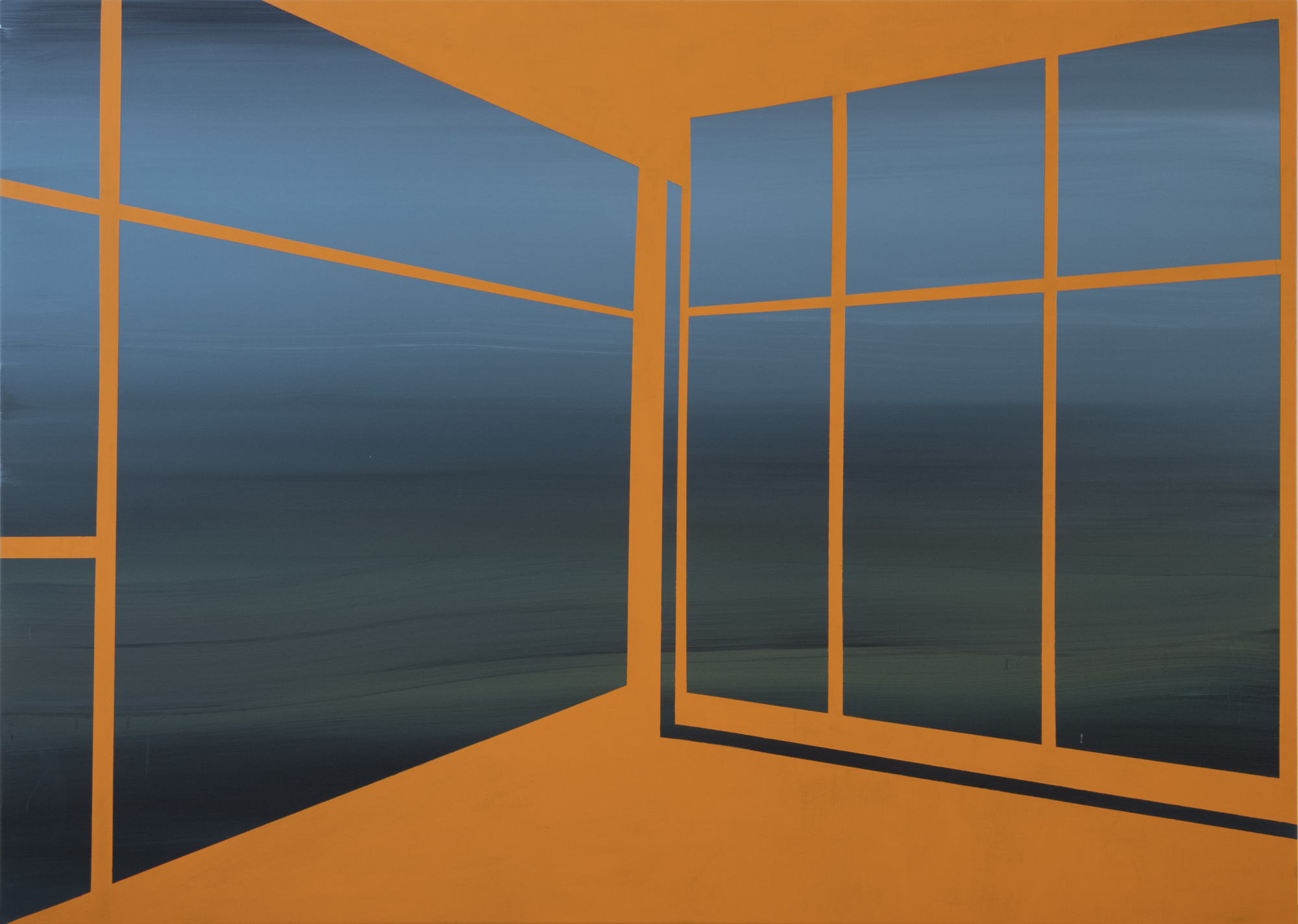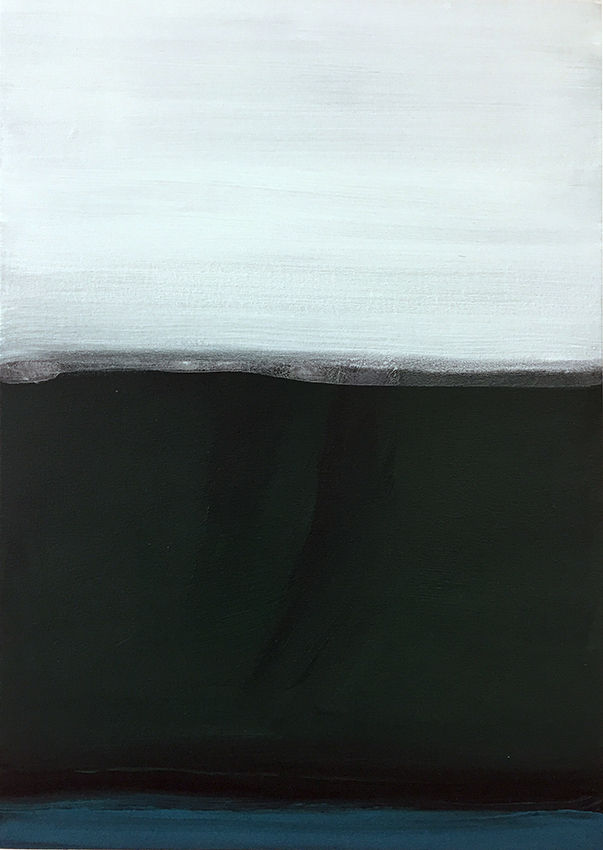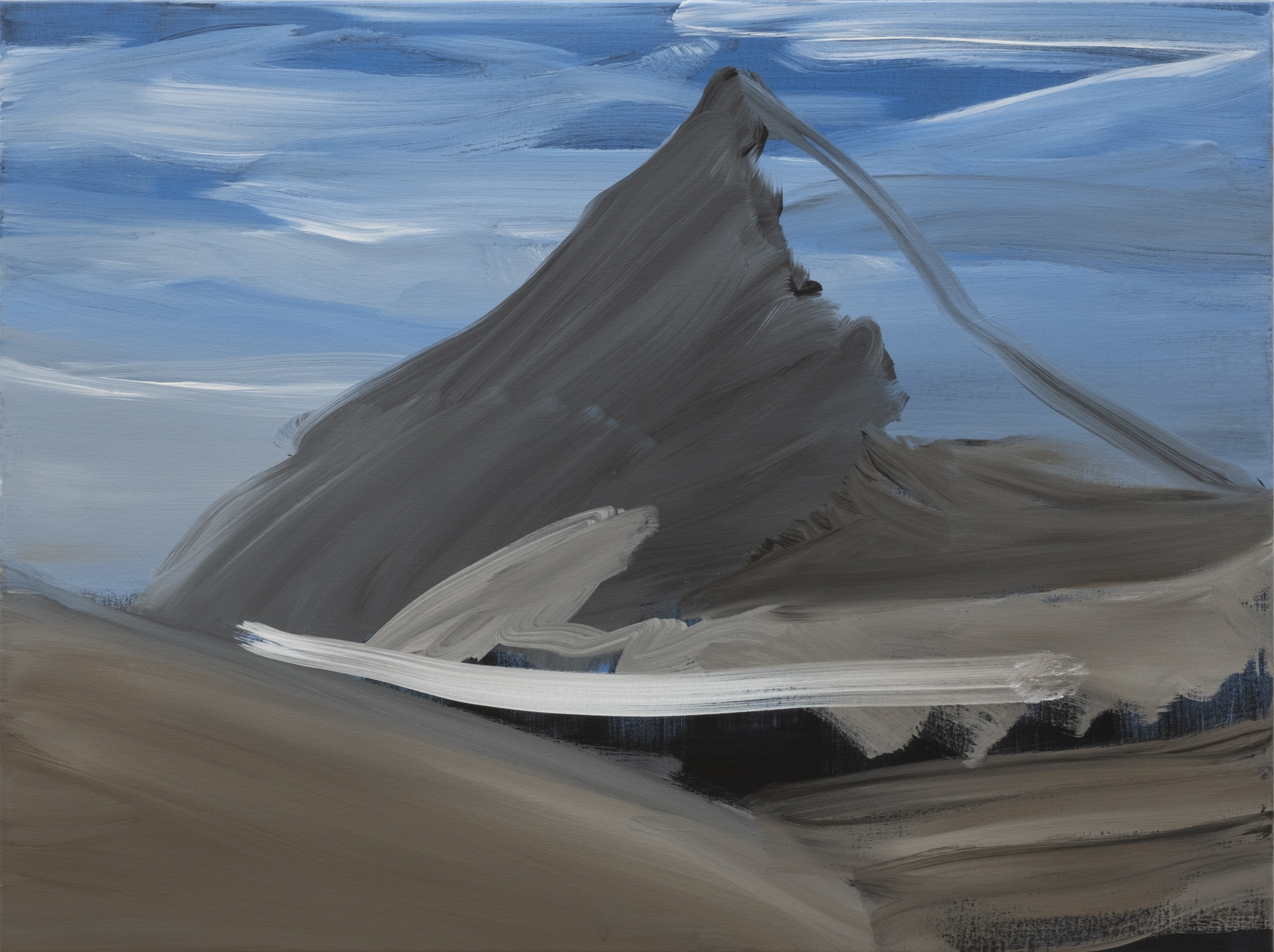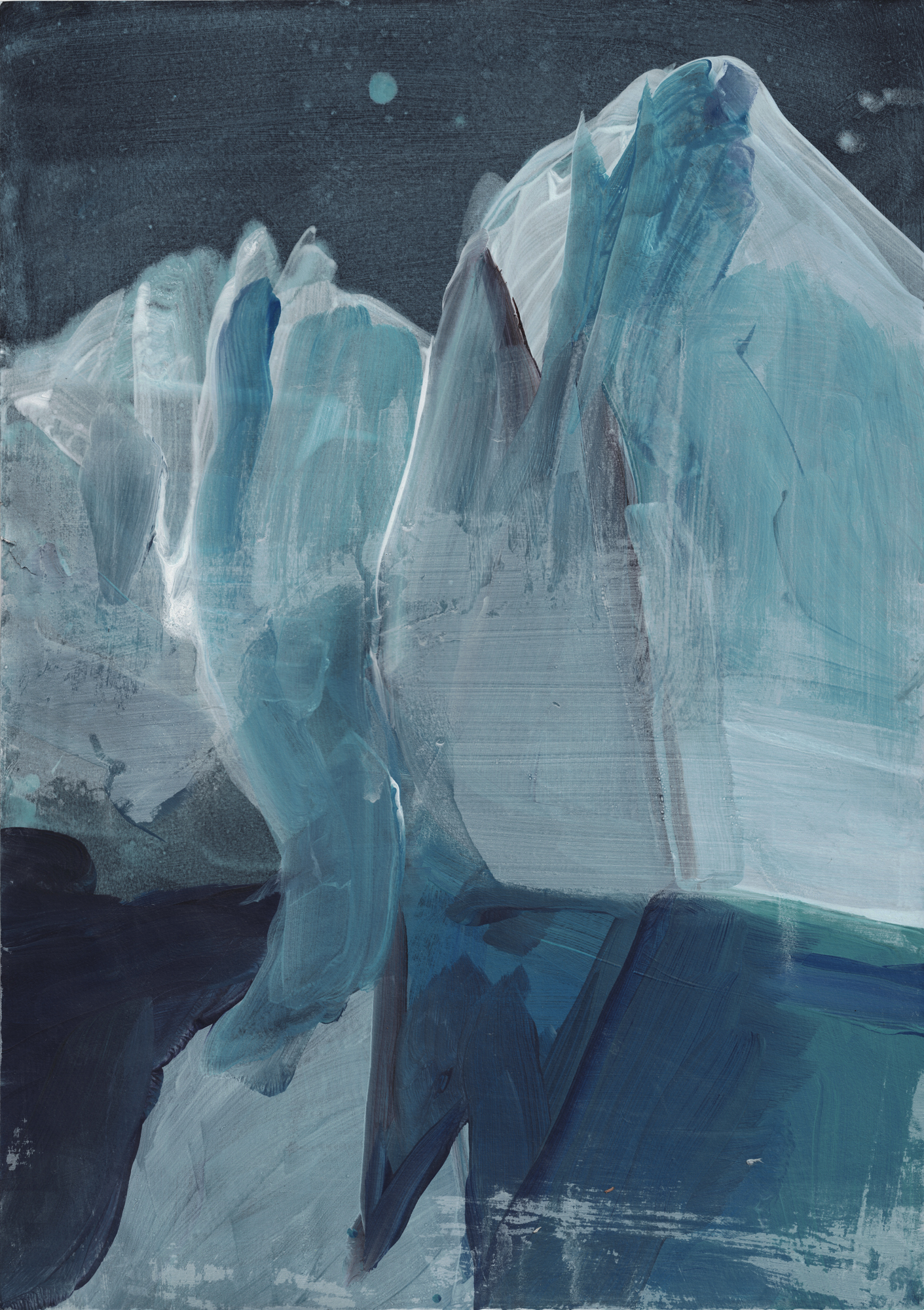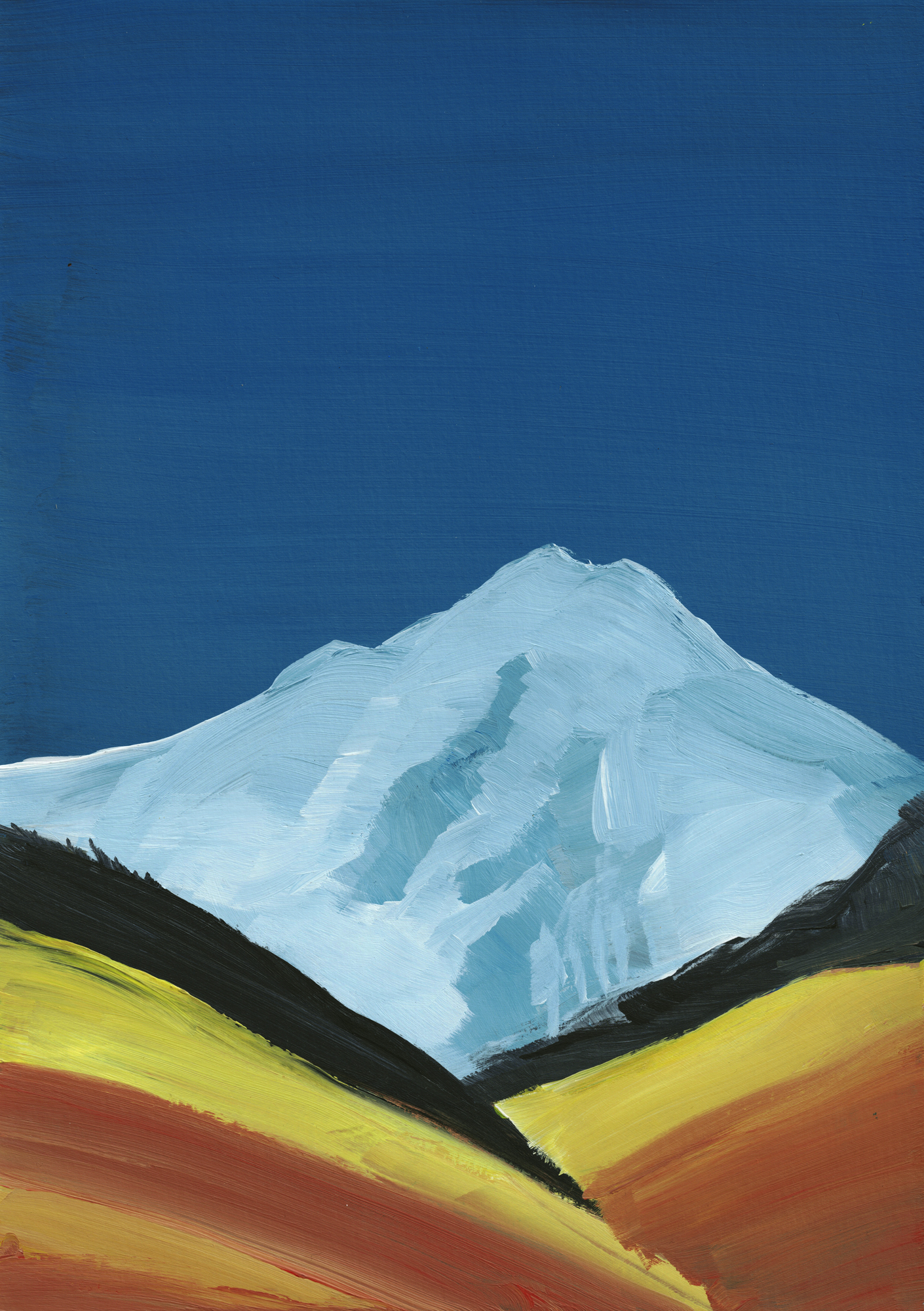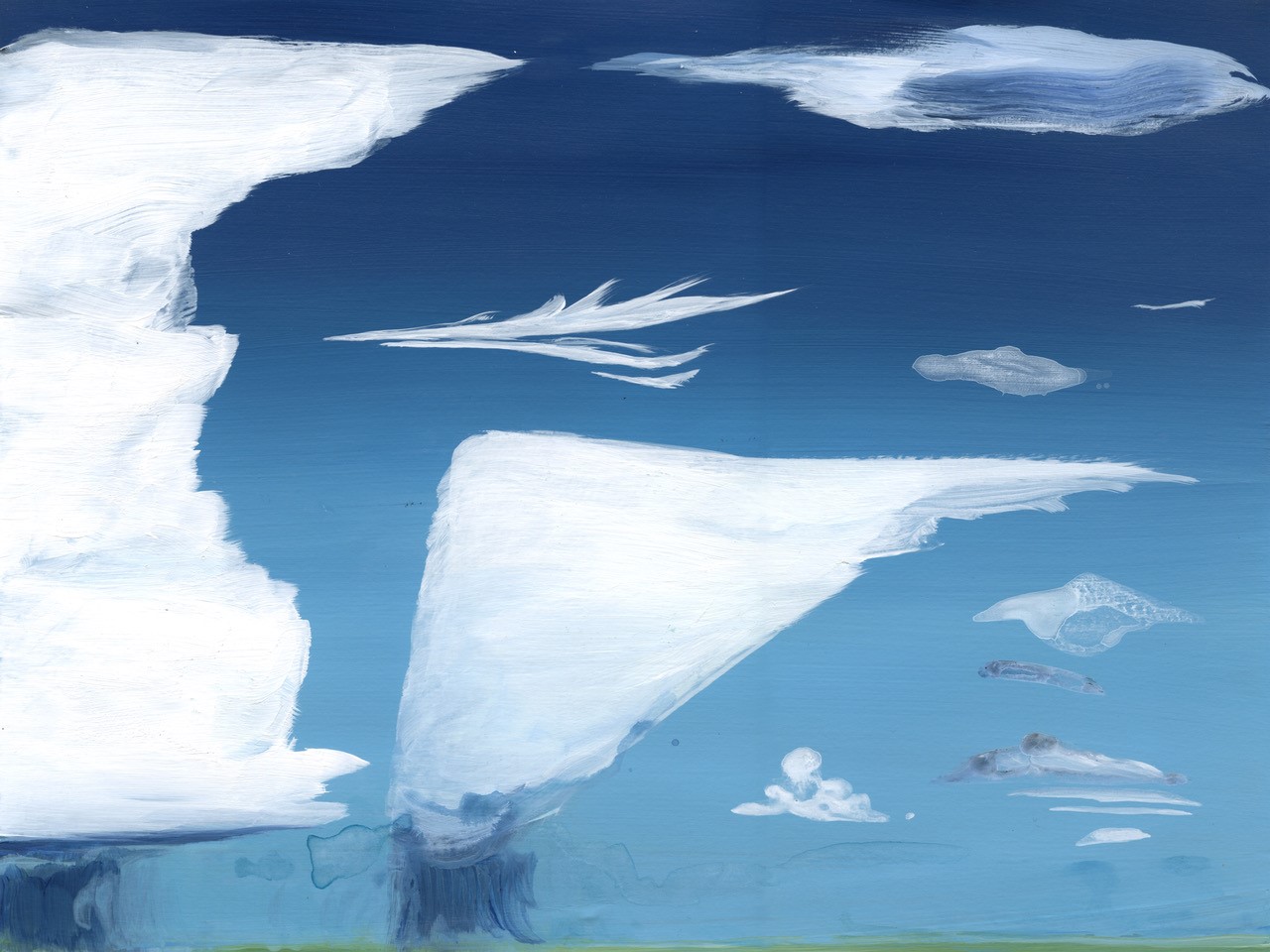Exhibited Works
Informations
FR
Tina Gillen
HEAT
Depuis plus de vingt-cinq ans, Tina Gillen développe une œuvre picturale animée par une recherche toujours renouvelée autour des relations que nous, êtres humains, entretenons avec le monde qui nous entoure, que celui-ci soit construit ou naturel. Ses œuvres ont souvent pour point de départ des motifs issus d’images photographiques, qu’il s’agisse d’images qu’elle réalise elle-même, au gré du quotidien, ou qu’elle collecte. Ces images, elle les modifie, les simplifie, les « traduit » picturalement, les associe à d’autres éléments, afin d’aboutir à des compositions qui nourrissent à dessein une certaine ambiguïté, entre abstraction et figuration, construction et improvisation, surface de la toile et traduction de l’espace. Se dégage de ses peintures une atmosphère souvent dense, enveloppant des formes issues du quotidien d’un voile de mystère et d’étrangeté.
Réunissant un ensemble de nouvelles peintures, l’exposition que Tina Gillen a imaginée pour la galerie Nosbaum Reding prolonge des recherches qu’elle a entamées il y a plusieurs années et qui ont également abouti à l’exposition Faraway So Close, présentée actuellement à Venise, dans le cadre du Pavillon du Luxembourg à la 59e Biennale de Venise. Comment appréhender le paysage aujourd’hui, à l’heure de l’anthropocène ? Comment figurer des phénomènes qui échappent en grande partie à notre contrôle, comme les événements météorologiques ou l’élévation du niveau des mers ? Vecteur de ces interrogations, le thème de la chaleur devient ici le support d’expérimentations picturales.
Au cœur de l’exposition Heat se situe un ensemble de peintures de grandes dimensions offrant une variation autour d’un même motif. Chacune d’elles dépeint un paysage abstrait, atmosphérique, suggéré par un dégradé de couleurs que l’on observe à travers une structure géométrique dont la forme évoque des fenêtres, du fait notamment de l’effet de perspective qui s’y met en place. On retrouve là la tension dont le travail de Tina Gillen ne cesse de se nourrir, entre deux versants de son vocabulaire pictural : un versant « architectural », « graphique », fait de formes rigoureusement et minutieusement composées, et un versant plus « lyrique », qui laisse une large place aux gestes, et à ce qui advient durant l’acte même de peindre. L’artiste aime rappeler que, d’une certaine manière, la peinture se génère d’elle-même.
Ces paysages font jouer à plein le pouvoir d’évocation des couleurs, l’effet émotionnel et la sensation physique que celles-ci peuvent susciter chez le spectateur. Deux des toiles déploient des couleurs « froides » – des verts, des bleus, mêlés à des noirs. Une autre peinture fait au contraire appel à des couleurs « chaudes » – l’orange et le rouge –, desquelles semble irradier la chaleur autour de laquelle Tina Gillen a choisi d’articuler son exposition. L’atmosphère qui s’en dégage rappelle les ciels que l’on peut observer lors d’épisodes d’incendie, de phénomènes météorologiques extrêmes ou de pollution : des ciels chargés de poussière, de fumée, de particules, qui épaississent l’air jusqu’à y former des strates. L’une des sources d’inspiration de cet ensemble de toiles, que l’on pourrait par ailleurs situer dans la longue tradition picturale du paysage vu depuis une fenêtre, a été des images prises depuis des tours de guet utilisées pour la surveillance de zones forestières, dans le cadre de la lutte contre les incendies. Le spectateur se retrouve comme au centre d’un espace d’observation, immergé dans un paysage se déployant de toute part – une impression accentuée par l’agencement des toiles dans l’espace d’exposition.
De facture plus spontanée, les autres œuvres de l’exposition, peintes sur de plus petits formats, sur papier ou sur toile, s’attachent à saisir des états temporaires, transitoires, sur le mode de la notation. Elles offrent d’autres variations autour des thèmes du paysage et de la cabane, de l’intérieur et de l’extérieur. S’y met en place tout un jeu de relations, de points de vue et de passages entre ces deux mondes. Plusieurs d’entre elles, dépeignant des architectures en suspension dans un environnement évanescent, semblent s’attarder sur l’atmosphère qui les relie. « La cabane flotte, lévite, comme un nuage porté par le vent, un ballon en plein air, ou un oiseau en vol stationnaire (…) ; mais aussi bien comme un fantôme, une âme, ou un souffle soulevant subtilement l’haleine du monde[1]. », écrit Marielle Macé à propos de l’installation de l’artiste à Venise, qui a pour point de départ un motif semblable.
En réalisant ces œuvres, Tina Gillen a souvent pensée au H?j?ki, ou Notes de ma cabane de moine, de Kamo no Ch?Mei. Écrit il y a plus de huit siècles, ce texte essentiel de la littérature japonaise résonne étrangement avec notre présent. L’auteur y décrit à la fois les tourments qui affectèrent le Japon à cette période – les incendies, les vents extrêmes, les inondations, les tremblements de terre, les sécheresses – et sa vie dans sa « cabane de dix pieds carrés », en retrait, non pas tant du monde, car il y est pleinement immergé, que de la société. Dans les premières lignes de son texte, Kamo no Ch?Mei écrit : « Le courant d’une rivière s’écoule sans s’arrêter, mais l’eau n’est pas la même ; l’écume qui flotte dans les remous tantôt disparaît, tantôt renaît, mais ne dure jamais longtemps. Tels sont, en cette vie, les hommes et leurs demeures. » C’est une méditation similaire que nous offre Tina Gillen sur la relation étroite qui nous lie à nos lieux de vie, et sur le destin commun que nous partageons avec eux.
Christophe Gallois
[1] Marielle Macé, « L’Image t’ouvre les bras », Tina Gillen. Faraway So Close, Mudam Luxembourg, Hatje Cantz, Berlin, 2022.
EN
Tina Gillen
Heat
In a career spanning more than twenty-five years, Tina Gillen has developed a body of work in which she examines the relationships we human beings entertain with the built and natural environment. Her works often draw on photographs that she finds or takes herself in daily contexts. These photographic motifs are modified, simplified, ‘translated’ into painting and combined with other elements into compositions that sustain a sense of ambiguity, oscillating between abstraction and figuration, construction and improvisation, the surface of the canvas and the translation of space. Her paintings often convey an atmosphere of impenetrability that veils their familiar motifs in mystery and strangeness.
The artist’s exhibition at Nosbaum Reding Gallery consists of a series of new paintings in which she continues her long-standing exploration of themes that have also informed the exhibition Faraway So Close, currently on view in the Luxembourg Pavilion at the 59th Venice Biennale. How can one approach the landscape today, in the time of the Anthropocene? How to visualise phenomena that are largely beyond our control, such as extreme weather events or rising sea levels? To explore these questions, Gillen uses the concept of ‘heat’ as the main thematic thread of her pictorial experiments.
The exhibition unfolds from a series of large-scale variations on the same motif. Each of these paintings depicts an abstract, atmospheric landscape, constructed from a gradation of colours that are seen through a geometric structure whose shape evokes a window, not least because it suggests a perspective view. They are permeated by a characteristic tension between two key aspects of the artist’s pictorial vocabulary: an ‘architectural’ or ‘graphic’ aspect, consisting of rigorous, meticulously composed forms, and a more ‘lyrical’ aspect that accommodates gestural marks and chance occurrences during the act of painting itself. As the artist often points out, her paintings to a certain extent generate themselves.
Gillen’s landscapes fully exploit the suggestive power of colour, the emotional effect and physical sensation they can provoke in viewers. Two of the paintings on display feature ‘cold’ colours – greens and blues, mixed with blacks. Another painting, on the contrary, uses ‘warm’ colours – orange and red – which seem to physically convey the notion of heat around which the exhibition revolves. The resulting atmosphere is reminiscent of a dust- or smoke-filled sky during a wildfire, an extreme weather event or heavy pollution, the air clogged with thick layers of particles. Among the many sources of inspiration for this series, which can also be viewed in the long pictorial tradition of landscapes seen through a window, were images from surveillance cameras on fire lookout towers. The exhibition-goers find themselves at the centre of a space of observation, immersed in a landscape that stretches to all sides – an impression further emphasised by the arrangement of the paintings in the gallery space.
Of a more spontaneous nature, the artist’s smaller works on paper or canvas can be likened to sketches that endeavour to capture temporary, transitory states. They offer further variations around the themes of landscape and hut, or interior and exterior, establishing a complex interplay of relations, points of view and transitions between these two worlds. Several of them, depicting architectures suspended in an evanescent environment, seem to dwell on the atmosphere that connects them. ‘The hut floats and levitates like a cloud carried by the wind, like an airborne balloon, like a bird soaring in place (…); but also, like a ghost, a soul or a breath that subtly lifts the respiration of the world’, writes Marielle Macé about the artist’s installation in Venice, which takes a similar motif as its starting point.[1]
As she was working on these paintings, Gillen’s mind often returned to H?j?ki, or An Account of My Hut, a short essay by the thirteenth-century poet and Buddhist monk Kamo no Ch?mei. Written more than eight centuries ago, this foundational text of Japanese literature resonates strangely with our present. In it, Ch?mei describes the disasters that struck Japan during this time – fires, whirlwinds, floods, earthquakes, droughts – and his life as an eremite in a ‘ten foot square hut’, withdrawn not so much from the world – for he is fully immersed in it – as from society. In the opening lines, he writes: ‘The flow of the river never ceases / And the water never stays the same / Bubbles float on the surface of pools, / Bursting, re-forming, never lingering. / They’re like the people in this world and their dwellings.’[2] Gillen’s works offer a similar meditation on the deep relationships that connect us to the places in which we live and on the common destiny we share with them.
Christophe Gallois
Documents
Tina Gillen
Heat
13.10.22 - 7.1.23
Opening on Thursday, October 13th, 18:00
For over twenty-five years, Tina Gillen (b. 1972, Luxembourg) has been producing a body of pictorial work, driven by an continually renewed research on the relationship that we as humans have with the world around us, in it is constructed and natural forms. Her paintings are distinguished by the way they nurture a certain ambiguity, between abstraction and figuration, construction and improvisation, the surface of the canvas and the translation of a space. Tina Gillen has been living in Belgium for a long time (she lives and works in Brussels and teaches painting at the Royal Academy of Fine Arts Antwerp), and is currently representing Luxembourg at the Biennale Arte 2022 in Venice, with her project Faraway So Close.
Bringing together a set of new paintings on canvas and paper, the exhibition she has conceived for the Nosbaum Reding Gallery extends the themes developed in her Venetian installation. How to apprehend the landscape today, at the time of the anthropocene? How can we represent phenomena that largely elude human control? The theme of heat, which has been at the centre of the world's news in the last months, is the support of these questions and becomes the basis of a pictorial research.



